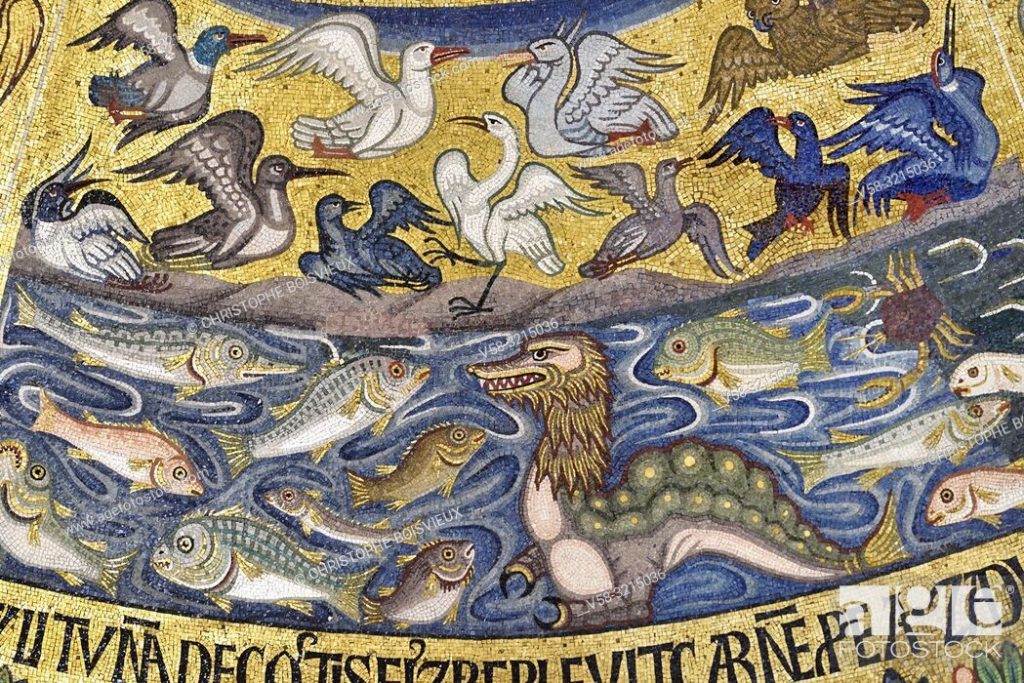This Tuesday will we be discussing Genesis 1:6-25 which encompasses God’s creation of all those things between light on the First Day and human beings on the Sixth Day. Each of these days of creation follows the same formula: God says, God names, and God calls it “good” (except for Day 2). As you read through the days of creation, notice the symmetry of God providing form and then substance:
Day 1: Light Day 4: Sun, stars, moon
Day 2: Sea and Sky Day 5: Fish and Fowl
Day 3: Land and Plants Day 6: Beasts and Humans.
Within the story, we see the definitive statement of Jewish and Christian belief that creation and all that is in it, is the purposeful product of the one self-sufficient, self-existent, transcendent God who is outside of but sovereignly presides over all space and time and the things therein. Everything else that we believe, teach, and confess begins with this fundamental understanding.
SEEING THE DIVINE IN CREATION
One area of the historic teaching of the Church where this statement of belief leads us is that through God’s creation we can come to know and be able to speak about the ultimate transcendent. The first Scripture that we have is the created world around us. Paul writes, “His invisible attributes, that is, His eternal power and divine nature, have been clearly seen since the creation of the world, being understood through what He has made.” Rom. 1:20. Before we find God in the Bible or in the Incarnation, we see God in Creation.
Analogia Entis
The Church teaches that the created world offers, by an analogy of being (analogia entis), a means of grasping and glimpsing the very nature of the Divine. In his work, The Journey of the Mind Into God, St. Bonaventure (1217-1274) writes that “All created things of the sensible world lead the mind of the wise man to the eternal God. . . . They are the shadows, the echoes, the pictures of that efficient, exemplifying, and ordering art; they are the vestiges, the images, and the spectacles; they are divinely given signs set before us for the purpose of seeing God. The created things are exemplifications set before our still unrefined and sense-oriented minds, so that by the sensible things which we see we might be transferred to the intelligible (spiritual) things which we cannot see, as if by signs to the signified.” (Ch. 2, para 11). “The created things of this sensible world signify the invisible things of God: partly because God is the origin, exemplar, and final destination of all creation.” (Ch. 2, para 12)
Therefore, when we look at the sunset and admire its beauty, what we are really doing is seeing a shadow, an echo, and a picture of that Beauty which is God. The sunset is “beautiful” because it participates in the Ultimate Beautiful. When we proclaim our love for someone, our love is a vestige, an image, and a spectacle of that which is Love because it shares and participates in that Love. Using creation as an analogy allows us to speak meaningfully about the infinite and transcendent God.
The homework for this week is for you to go outside and find analogies for God in creation. “God is like ________.” Fill in the blank.
Finally, brethren, whatever is true, whatever is honorable, whatever is just, whatever is pure, whatever is lovely, whatever is gracious, if there is any excellence, if there is anything worthy of praise, think about these things.
Philippians 4:8

